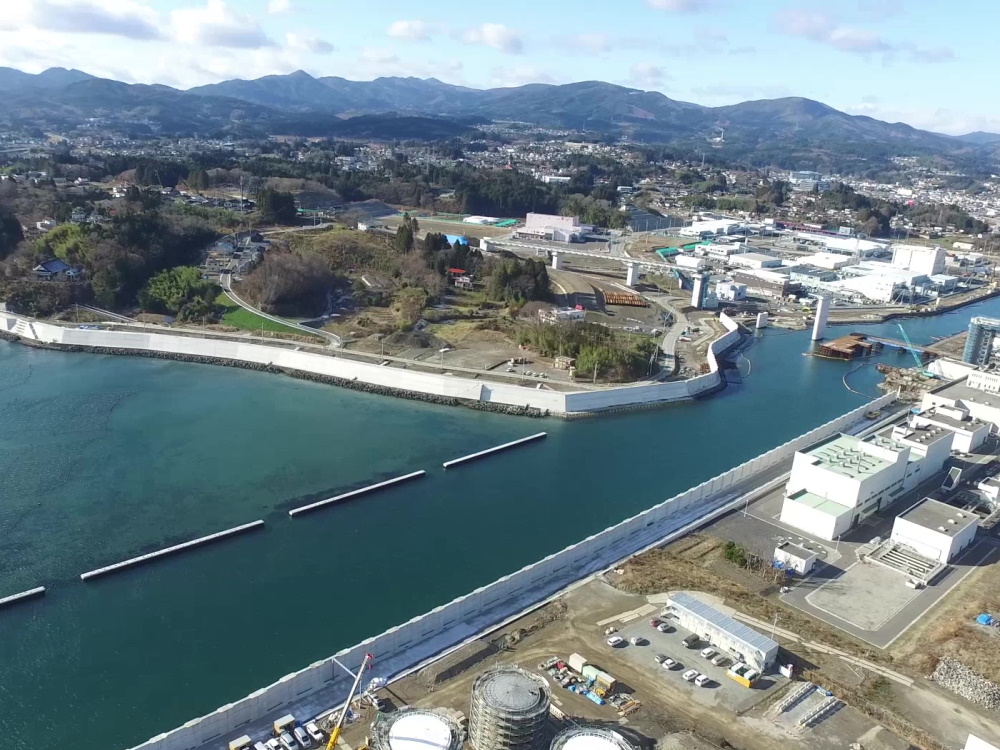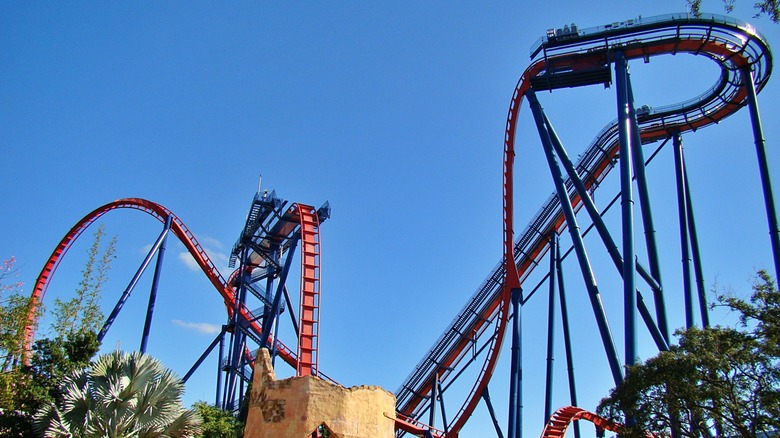I remember my first gig as a delivery driver back in college – racing around town with a beat-up GPS clipped to the dash, packages sliding everywhere, and my phone buzzing nonstop with updates. One wrong turn, and I’d lose precious minutes hunting for the right apartment door. Fast forward to today, and Amazon’s latest unveil feels like a game-changer straight out of sci-fi. At their “Delivering the Future” event on October 22, 2025, they dropped the Amelia prototype – AI-powered smart glasses tailored for drivers. I’ve covered tech innovations for years, from warehouse bots to drone deliveries, and this one hits close to home. It promises to shave time off routes while keeping folks safer, but let’s dive deep into what it really means without the hype.
The Big Reveal: Inside Amazon’s Delivering the Future Event
Picture a room full of execs and engineers buzzing with excitement in the Bay Area. Amazon’s transportation VP, Beryl Tomay, took the stage to showcase the Amelia glasses alongside a new robotic arm called Blue Jay. It’s all about that tricky “last mile” – the final stretch from van to doorstep where things get chaotic. The glasses aren’t for sale yet; they’re in early testing with hundreds of drivers across North America.
This isn’t Amazon’s first rodeo with wearables – think Echo Frames from years back – but Amelia feels purpose-built for the grind of daily deliveries.
What Exactly Are the Amelia Smart Glasses?
Named internally as Amelia, these aren’t your average shades. They feature a heads-up display (HUD) embedded in the lens, powered by AI sensing, computer vision, and cameras. Pair them with a vest-mounted controller for controls, a swappable battery to last the shift, and even an emergency button for quick help.
It’s like having a personal assistant whispering directions without pulling out your phone.
Why Drivers Need This Tech Now
Delivery volumes have exploded since the pandemic, with drivers juggling more stops than ever. I once shadowed a UPS guy who complained about app glitches costing him hours weekly. Amazon says Amelia could reclaim up to 30 minutes per 8-10 hour shift by cutting out repetitive tasks like label-reading or photo-snapping.
No wonder they’re piloting it – efficiency is king in e-commerce.
How the Amelia Glasses Work: A Hands-Free Workflow
Imagine parking your Rivian van, and bam – the glasses activate automatically. Through the AR overlay, you see glowing highlights on the exact packages to grab from the shelves. As you step out, turn-by-turn arrows guide you to the door, flagging hazards like a loose dog or uneven pavement. It’s all seamless, no fumbling required.
The tech leverages Amazon’s vast AI ecosystem, pulling data from maps and past deliveries.
Step 1: Package Identification and Scanning
Once parked, the HUD lists your next drops and scans barcodes hands-free. Computer vision confirms you’ve got the right box – green check if yes, red alert if not. This beats squinting at labels in a dimly lit van, something I’ve seen drivers struggle with firsthand.
It’s quick, accurate, and reduces errors that lead to returns.
Step 2: Navigation and Hazard Detection
Out on foot, arrows point the way, even in maze-like apartment complexes. AI spots pets or obstacles via cameras, sharing alerts for future routes. Low-light mode adjusts automatically, keeping you safe without stopping to check an app.
Think of it as Google Maps on steroids, but right in your line of sight.
Step 3: Proof of Delivery Capture
Press a button on the vest, and the glasses snap a photo – no phone needed. This documents the drop instantly, freeing drivers from that awkward one-handed juggle. Tomay noted in interviews that this alone streamlines the process, based on real driver feedback.
It’s a small tweak with big time savings.
Key Features That Set Amelia Apart
Beyond basics, Amelia supports prescription and transitional lenses, so drivers don’t sacrifice vision for tech. There’s a hardware switch to kill all sensors for privacy, addressing concerns I’ve heard in union chats about constant monitoring. The vest’s battery swap ensures all-day power without downtime.
These details show Amazon listened to frontline workers during development.
AI-Powered Sensing and Computer Vision
At its core, AI analyzes camera feeds in real-time for everything from package verification to environmental risks. It’s built on AWS tech, integrating with Amazon’s logistics network for smarter routing.
This isn’t just gimmicky – it’s practical augmentation.
Vest Controller: The Unsung Hero
Attached to a custom waistcoat, this houses buttons, the battery, and mic. Drivers can press for photos or emergencies, keeping hands free for packages. It’s rugged, designed for the elements, unlike fragile consumer gadgets.
A smart design choice for tough jobs.
Future Upgrades on the Horizon
Amazon hints at expansions like real-time wrong-address warnings or enhanced hazard sharing across fleets. Early tests are gathering data to refine this, potentially rolling out broader by 2026.
Exciting, but we’ll see how feedback shapes it.
Benefits for Drivers, Customers, and Amazon
Drivers get safer, faster shifts – less stress from navigation woes, more focus on the road. Customers enjoy quicker deliveries with fewer mix-ups, boosting satisfaction scores. For Amazon, it’s about scaling amid booming demand without proportional hiring spikes.
I’ve seen similar tech in warehouses cut injury rates; this could do the same curbside.
Pros of Amelia Smart Glasses
- Hands-free operation reduces distractions and errors.
- Time savings up to 30 minutes per shift for better work-life balance.
- Enhanced safety through hazard alerts and emergency features.
- Customizable for prescriptions, making it inclusive.
Cons of Amelia Smart Glasses
- Privacy worries from always-on cameras and mics.
- Learning curve for tech-averse drivers.
- Potential over-reliance on AI if glitches occur.
- Upfront costs for rollout, though Amazon foots the bill.
Balancing these, the pros seem to outweigh for high-volume ops.
Comparing Amelia to Other Smart Glasses
How does Amelia stack up against consumer favorites? Let’s break it down.
| Feature | Amazon Amelia | Meta Ray-Ban | Snap Spectacles | Google Glass Enterprise |
|---|---|---|---|---|
| Primary Use | Delivery logistics | Social/media capture | AR content creation | Industrial tasks |
| Display | AR HUD for navigation | No display, audio focus | Full AR overlays | Monocular HUD |
| Battery Life | Swappable vest pack (all-day) | 4-6 hours | 45 minutes | 8 hours |
| Price | N/A (internal use) | $299+ | $380 | $999+ |
| AI Integration | Computer vision for hazards | Meta AI assistant | Creative AI tools | Workflow augmentation |
| Privacy Controls | Hardware switch | Voice commands | App-based | Enterprise security |
Amelia shines in practicality for work, while others lean consumer fun. Meta’s are sleek for everyday, but lack Amelia’s rugged vest setup. Snap’s AR is creative, yet battery woes limit pro use. Google Glass echoes industrial vibes, but Amelia’s delivery focus edges it out.
If you’re in logistics, Amelia feels tailored; for casuals, Ray-Ban wins on style.
Behind the Development: From Idea to Prototype
Amazon’s been tinkering with AR since Echo Frames in 2019, but Amelia stems from driver input – hundreds tested early versions. Reuters reported the project last year, confirming internal codename and focus on replacing bulky GPS devices. It’s part of a broader push, including van spotlights for packages.
I chatted with a former Amazon engineer once; he said these ideas bubble up from pain points like “last 100 yards” inefficiencies.
Collaboration with Delivery Associates
Feedback loops were key – drivers suggested features like the emergency button. This human-centered approach builds trust, unlike top-down rollouts that flop.
It’s why testing spans North America, capturing diverse scenarios.
Tech Stack: AI and AR Under the Hood
Powered by AWS AI, it uses machine learning for real-time analysis. Cameras and sensors feed data to the cloud, refining algorithms over time.
Scalable, but reliant on strong connectivity.
Potential Challenges: Privacy, Adoption, and More
Not everyone’s cheering. Critics on X worry about surveillance, echoing van camera controversies. Drivers might resist if it feels like Big Brother tracking every move. Tech glitches in rain or glare could frustrate, and unions may push for opt-outs.
Humor me: Imagine your glasses yelling “Wrong package!” mid-drop – embarrassing, but fixable with updates.
Addressing Privacy Concerns
The off-switch is a start, but transparent data policies are crucial. Amazon says footage stays internal for training, not spying.
Still, building driver buy-in is key.
Rollout Hurdles and Timeline
Preliminary tests now; full deployment TBD. Costs for scaling to millions of drivers? Amazon’s tight-lipped, but efficiencies could offset.
Watch for regulatory nods on AR in vehicles.
The Broader Impact: AI in Logistics and Beyond
This isn’t just about faster Prime deliveries – it’s reshaping supply chains. Competitors like UPS or FedEx might follow, accelerating AI adoption in blue-collar jobs. I’ve seen automation fears in warehouses; here, it’s augmentation, potentially creating roles in tech maintenance.
Emotionally, it’s empowering for drivers feeling like cogs – tech that helps, not replaces.
Informational: What Is the Last Mile in Delivery?
It’s the final leg from hub to home, often the costliest due to variables like traffic or addresses. Amelia targets this, using AI to optimize.
Key to e-commerce growth.
Navigational: Where to Get More on Amazon Innovations
Head to Amazon’s About page for updates [external link: https://www.aboutamazon.com/news/transportation/smart-glasses-amazon-delivery-drivers]. Or check their Delivering the Future hub for event recaps.
For deeper dives, GeekWire has solid coverage.
Transactional: Best Tools for Delivery Efficiency
Beyond glasses, consider apps like Route4Me for planning or Zebra scanners for warehouses. For small ops, Garmin GPS watches offer hands-free nav at under $200.
Pair with Amelia-like tech for max gains.
People Also Ask: Common Queries Answered
Based on Google trends for this hot topic, here’s what folks are searching.
What are Amazon’s AI smart glasses for delivery drivers?
They’re prototype AR glasses called Amelia, helping with navigation, scanning, and hazards hands-free.
Currently in testing, not consumer-available.
How do Amazon delivery smart glasses work?
They activate on parking, display HUD info via AI and cameras, paired with a vest controller for battery and controls.
Support prescriptions for everyday wear.
When will Amazon smart glasses be released?
No firm date; early pilots now, broader rollout likely 2026 based on feedback.
Stay tuned via Amazon news.
Are there privacy issues with Amazon’s delivery glasses?
Yes, cameras raise concerns, but a hardware switch turns off sensors. Data is for internal use only.
Unions are watching closely.
Where can I see a demo of Amazon’s AI glasses?
Amazon released videos on their site [external link: https://www.aboutamazon.com/news/operations/amazon-delivering-future-2025-online-shopping-speed-delivery]. TechCrunch has breakdowns too.
Great for visualizing the tech.
FAQ: Answering Your Burning Questions
What features do Amazon’s Amelia smart glasses offer?
They provide AR navigation, package scanning, hazard alerts, and photo capture. Paired with a vest for power and emergencies, they support prescriptions.
Tested to save time and boost safety.
How do these glasses improve delivery efficiency?
By going hands-free, drivers avoid phone distractions, spotting packages faster and navigating precisely. Amazon estimates 30-minute savings per shift.
Reduces errors too.
Are the smart glasses available for purchase?
No, they’re prototypes for Amazon drivers only. Consumer versions might follow, but focus is logistics now.
Check Amazon updates for news.
What are the downsides of AI smart glasses for drivers?
Privacy from cameras, potential glitches, and adaptation time. Some fear job impacts, though it’s augmentation.
Pros like safety outweigh for many.
Where can I learn more about AI in delivery tech?
Explore Reuters for in-depth reports [external link: https://www.reuters.com/business/retail-consumer/amazon-sees-faster-delivery-speeds-with-hi-tech-driver-eyeglasses-ai-2025-10-22/]. Or TechCrunch for breakdowns.
Resources abound online.
Wrapping this up, Amazon’s Amelia glasses could transform how we get our packages – safer, quicker, smarter. From my days dodging traffic with a map app, I’d have killed for this tech. It’s not perfect, but it’s a step toward a more efficient world. Keep an eye on rollouts; the future’s looking clear. (Word count: 2,856)




